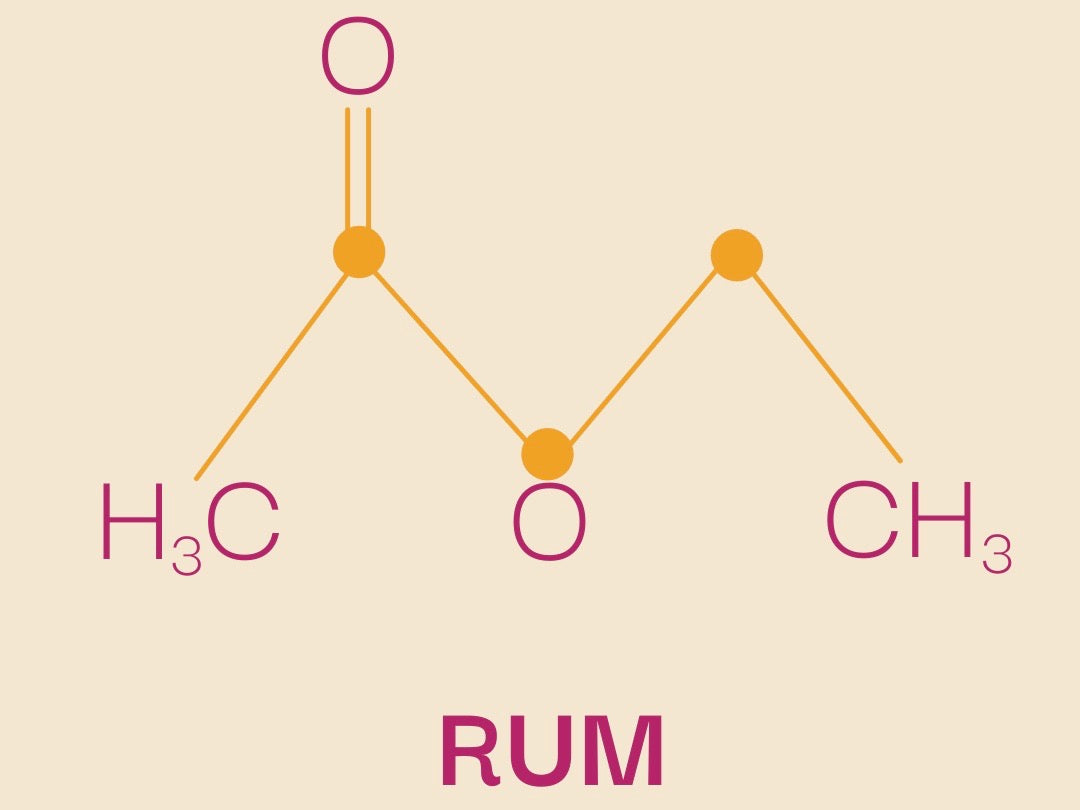
Batch 005 - How rum gets its flavour
The full flavour profile of Batch 005 got us wondering. We tend to think of Blanco as lively and bold, a spirit with sass. But what makes it so? Where does the flavour come from in this clear spirit? Why does it taste like rum and not vodka?
Four things impact a spirit's core flavour: it's base material, the yeast used in fermentation, distillation methods and ageing (wood or stainless steel).
The base material is the organic matter that provides the sugar for fermentation. In rum this is sugar in the form of granular sugar, cane juice, cane syrup or molasses. We use molasses that comes from the Condong Sugar Mill in Murwillumbah, 20 minutes down the road from the distillery. (For malt scotch this is barley, for bourbon it's grains, tequila is agave and for cognac this is grapes.)
The yeast strain(s) a distiller uses is a closely guarded secret, so essential it is to creating their spirit's unique flavour profile. Mixed with water and molasses (the 'wash'), our favourite yeasty beasties consume the sugars in the wash and expel alcohol and congeners (including esters and acids), which is what imparts flavour. Different yeast strains influence the type and amount of esters and acids created during fermentation.
Distillation uses heat to separate alcohol and concentrate acids from the wash. This is also known as rectification. Still design also influences the flavour of the spirit. Batch distillation in a pot still produces a more flavourful product as there is less separation between lighter and heavier compounds (flavours) than there is in a column still, which has more rectification. We twice distill Blanco. The first distillation takes a day. Our second distillation is a very slow process and takes much longer. This helps rectify the distillate, removing heavier compounds for a cleaner, smoother finish.
Resting in stainless steel allows the spirit to breathe and for molecules to 'come together'. This is what we do with Blanco. Ageing in wood on the other hand, transform acids into simple esters, and simple esters into more complicated esters to produce a more complex spirit. A woody flavour is also generally imparted.
Tell me more about these esters and acids
Esters are the result of a chemical bonding of an alcohol or phenol to an acid. A phenol is an aromatic organic compound. Various alcohol variants (ethanol, methanol, isoproply, amyl, etc.) can help form an ester, alongside several phenolic variants. There are thousands of possible permutations offering thousands of possible esters, each with it's own unique smell and flavour!
Here’s a small sampling of esters and other flavour compounds typically found in rum:

But wait, there's more! Aldehydes. Aldehydes are organic compounds that also contribute flavours to spirits. Like esters, some aldehydes are formed prior to distillation while others form during ageing. In rum we like to go for acetaldehyde and vanillin.
After taking all that in, we'd say you've earned yourself a drink!

